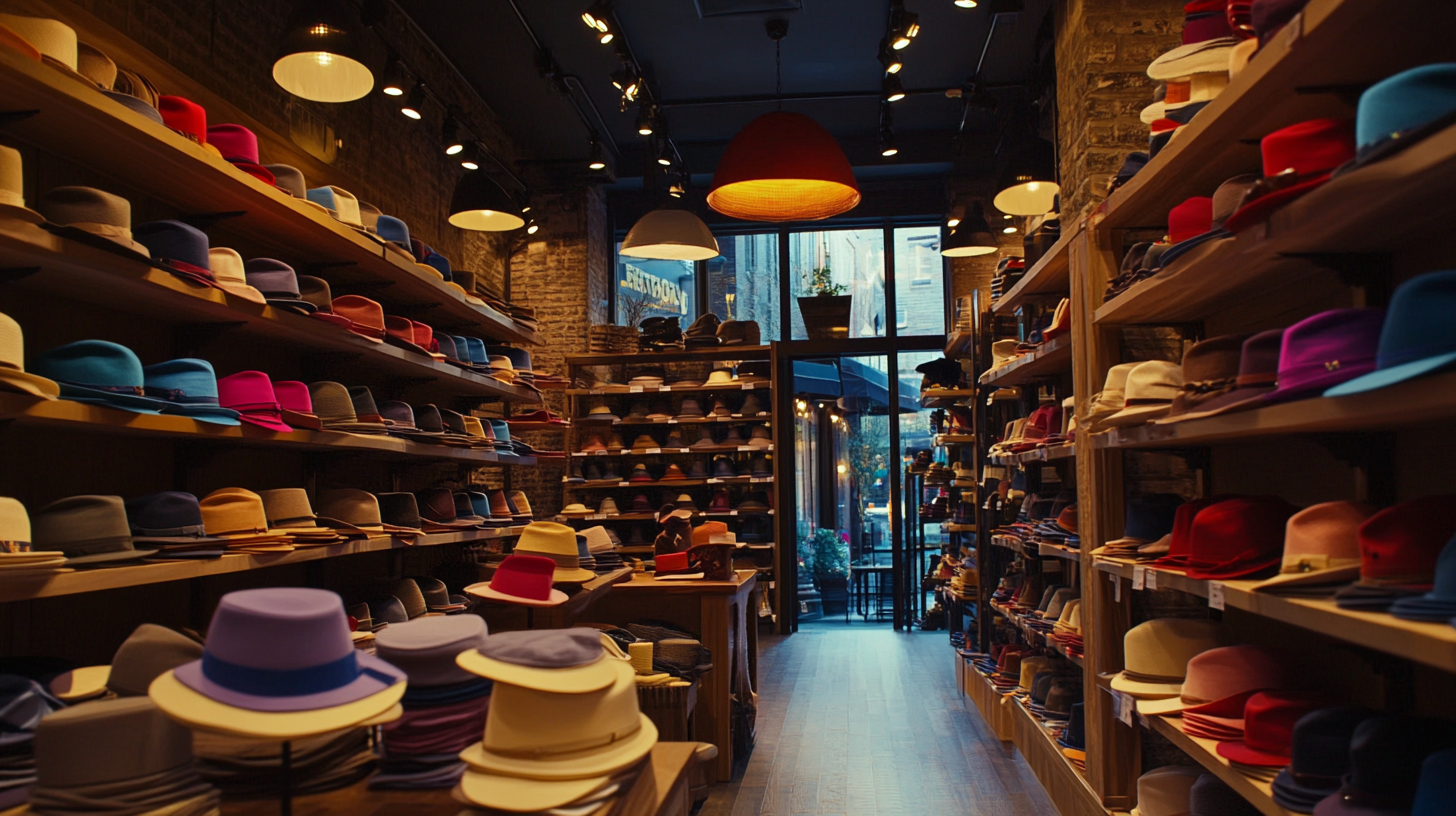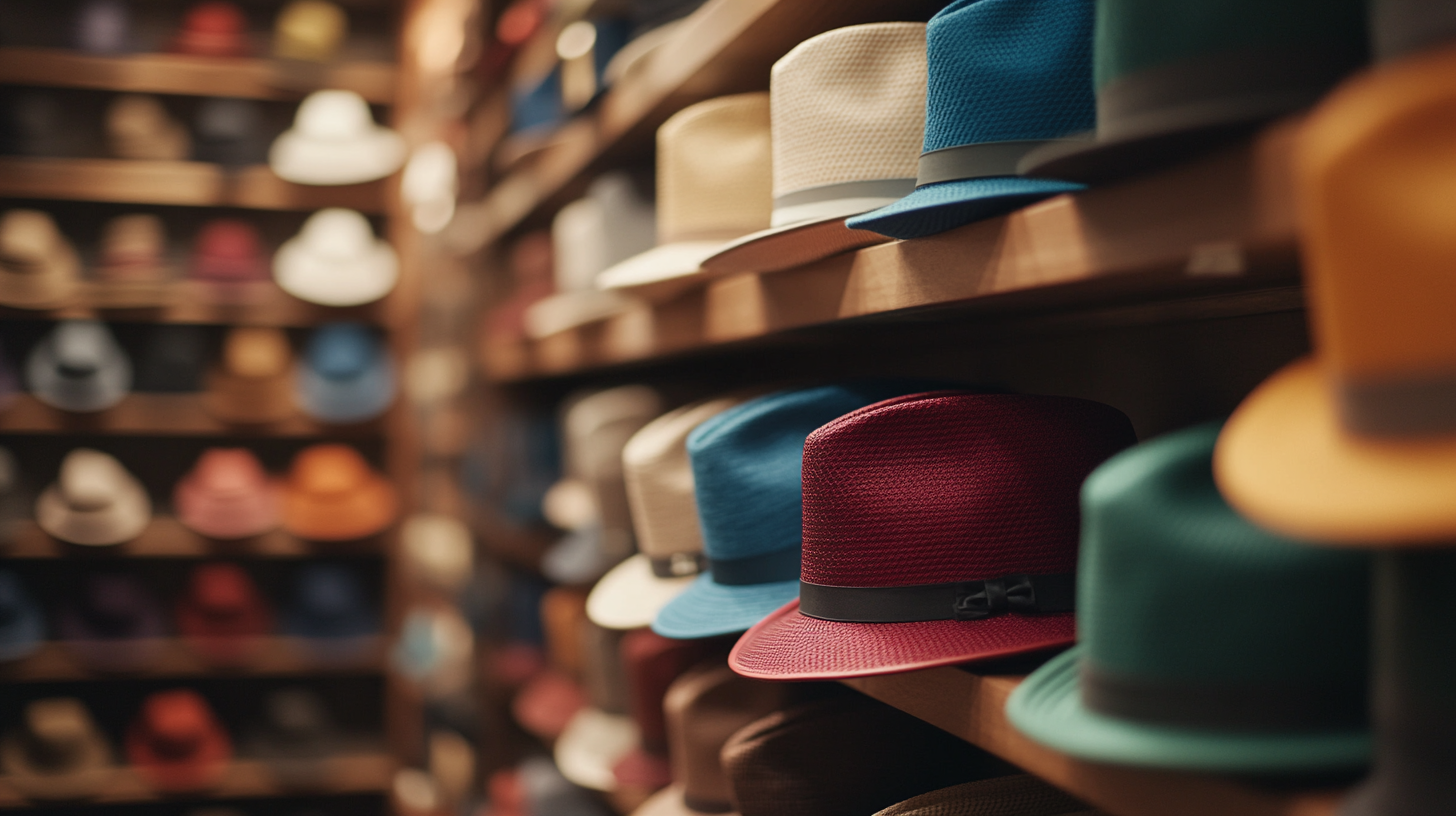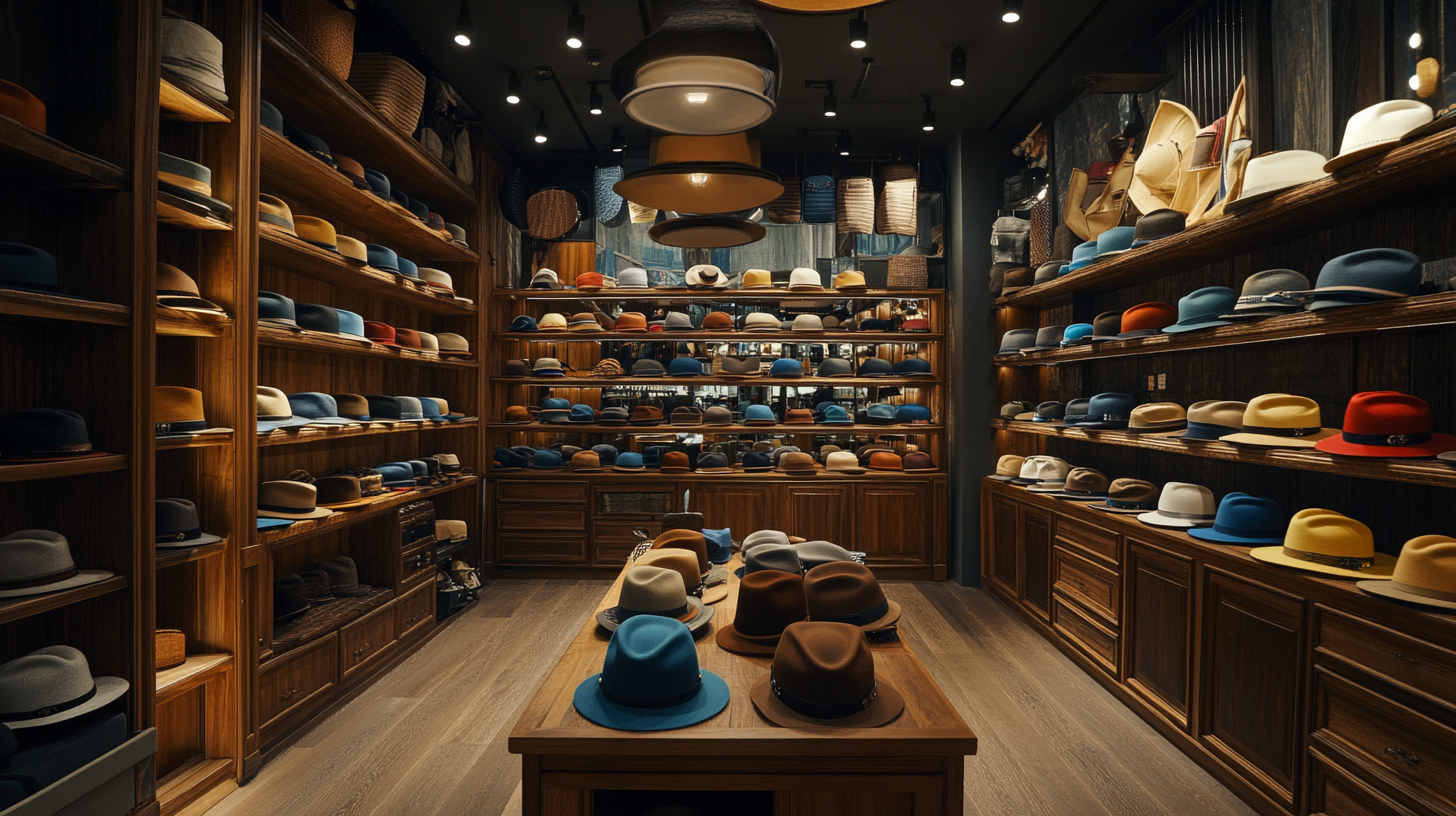The Evolution of Hat Stores in a Changing Marketplace
In the rapidly shifting landscape of retail, hat stores have undergone a remarkable evolution, adapting to changing consumer preferences and market dynamics. Once viewed as specialized boutiques catering to niche fashion segments, these stores have begun to embrace innovation and diversification, turning into vibrant spaces that offer not just headwear, but an entire lifestyle experience. The transformation of hat stores reflects broader trends in retail, where personalization and experience often take precedence over mere products.
With the rise of e-commerce and the influence of social media, the way consumers engage with hat stores has fundamentally changed. Shoppers are now seeking more than just a stylish hat; they want a unique shopping experience that resonates with their individuality. This blog will explore how hat stores have navigated these changes, highlighting the strategies they have implemented to thrive in a competitive marketplace. As we delve into the journey of hat stores, we will uncover the innovative approaches that have allowed them to stay relevant and appealing to a diverse audience.

The Historical Significance of Hat Stores in Fashion Markets
The historical significance of hat stores in fashion markets has evolved dramatically over the centuries. In the 18th and 19th centuries, hats were considered essential fashion accessories for both men and women, often signaling social status and sophistication. During this time, hat stores served not only as retail spaces but also as cultural hubs where customers gathered to discuss the latest trends. Milliners and hatters became renowned artisans, shaping public perception of style and elegance through their unique creations. As societies transitioned into the 20th century, the role of hat stores began to shift. The rise of mass production and changing social norms led to a decline in daily hat-wearing, particularly following World War II. However, this period also saw the transformation of hat stores into niche boutiques that reinvented the hat as a symbol of individuality and artistic expression. Contemporary hat shops now celebrate this heritage while catering to diverse tastes and styles, blending traditional craftsmanship with modern aesthetics. Today, hat stores reflect the broader changes in the fashion marketplace, adapting to the increasing demand for sustainable and ethical fashion. They often highlight locally sourced materials and artisanal techniques, appealing to a generation that values authenticity. Despite the challenges posed by fast fashion and online shopping, these stores remain vital, preserving the rich history of millinery while continuing to innovate and inspire new generations of fashion enthusiasts.

Shifts in Consumer Behavior Impacting Hat Retail Trends
The current landscape of hat retail is undeniably shaped by shifting consumer behaviors, particularly in light of recent economic fluctuations. With an overview of the 2024 luxury goods market in China indicating reduced domestic spending, hat retailers are facing challenges similar to those experienced across various segments. Consumers are now more hesitant, which has led to a detectable shift in purchasing patterns; they are more selective and value-driven, often seeking quality over quantity.
In addition to this economic backdrop, the rise of e-commerce has fundamentally changed how consumers shop for hats. Online purchasing habits continue to evolve, pushing retailers to enhance their digital presence. Brands must not only focus on aesthetic appeal and product quality but also prioritize efficient online experiences that cater to the needs of today's digitally-savvy customers. This means adopting advanced digital payment systems and ensuring that their online platforms are user-friendly, thus making the shopping experience seamless.
Furthermore, the implications of changing tax rates and inflation are also at play. As lower tax rates come into effect, there is potential for a rebound in consumer spending, but this comes with the caveat of ongoing inflation and cautious consumer sentiment. Retailers must stay informed on these macroeconomic trends to better anticipate changes in consumer behavior, aligning their hat collections and marketing strategies accordingly. The evolution of hat stores will depend largely on their ability to adapt and respond to these intricate consumer trends in the ever-changing marketplace.

The Rise of Online Shopping: Transforming Hat Store Experiences
The rise of online shopping has significantly transformed the way consumers approach purchasing hats, shifting the dynamics of hat stores in the marketplace. According to a 2022 report by Statista, e-commerce sales in the apparel sector alone reached over $225 billion in the United States, illustrating a notable trend where consumers increasingly prefer the ease and convenience of online shopping. This shift has compelled traditional hat retailers to reassess their business models and adapt to the digital landscape.
As the pandemic accelerated the growth of online shopping, many hat stores went from relying primarily on brick-and-mortar sales to establishing robust online platforms. A survey conducted by BigCommerce revealed that 45% of consumers are more likely to purchase a product online than in-store. This change in consumer behavior has driven hat retailers to enhance their web presence, offering features like virtual try-ons, detailed sizing guides, and extensive customer reviews to replicate the in-store experience.
Additionally, retailers are leveraging social media platforms to engage with customers and showcase the latest hat trends. A report from eMarketer indicated that social commerce sales are predicted to reach $35 billion by 2025, highlighting the importance of integrating social media strategies in marketing plans for hat stores. With user-generated content and influencer partnerships, hat shops can create a community feel, drawing in new customers and building brand loyalty in an increasingly competitive online marketplace.

Innovative Marketing Strategies for Modern Hat Retailers
In the rapidly changing landscape of retail, modern hat retailers are adopting innovative marketing strategies to stay competitive. With consumer behaviors shifting towards digital engagement and personalized experiences, brands must leverage technology to create unique purchasing journeys. For instance, many hat stores are utilizing social media platforms not just for advertising, but as interactive spaces where customers can engage with products through user-generated content and live-streamed fashion showcases.
Furthermore, the trends in the broader marketplace reflect the necessity for agility and adaptability. Drawing inspiration from industries like pizza delivery, where brands such as Papa John's have recently appointed new chief marketing officers to revamp their strategies, hat retailers too are recognizing the importance of fresh leadership and insights. These companies are exploring innovative promotional tactics such as influencer collaborations, immersive virtual try-ons, and exclusive online releases to attract a more diverse audience.
The integration of artificial intelligence plays a pivotal role in shaping these marketing strategies, allowing retailers to analyze consumer data more effectively and personalize marketing efforts. This technological adoption not only enhances customer experience but also streamlines inventory management and forecasting, leading to a more efficient retail operation. As hat stores embrace these modern techniques, they can create a vibrant connection with their customers, ensuring that even in a tumultuous market, they are a step ahead of the curve.
Sustainability and the Future of Hat Manufacturing and Sales
The hat industry is witnessing a significant transformation, driven by growing consumer awareness surrounding sustainability. As fashion trends shift towards eco-friendly choices, hat manufacturers are increasingly embracing sustainable materials and ethical production processes. This shift is not only a response to consumer demand but also a necessity for brands aiming to remain competitive in a marketplace that values corporate responsibility.
Innovative materials such as organic cotton, recycled polyester, and natural dyes are now at the forefront of hat manufacturing. These materials not only reduce the environmental footprint but also offer unique aesthetics that appeal to a modern audience. Brands are rethinking their supply chains, opting for local sourcing and small-batch production to minimize waste and promote fair labor practices. This evolution signifies a broader commitment to sustainability in fashion, integrating it into the very fabric of product design and branding.
In terms of sales, brick-and-mortar hat stores are also adapting their strategies. Many are incorporating educational components into their retail spaces, informing customers about the sustainable practices behind their products. Online platforms are increasingly showcasing transparency, allowing consumers to trace the origins of their hats and understand the environmental impact of their purchases. As consumers continue to advocate for sustainable choices, hat stores that align with these values are likely to thrive, shaping the future of the hat industry in an eco-conscious direction.

